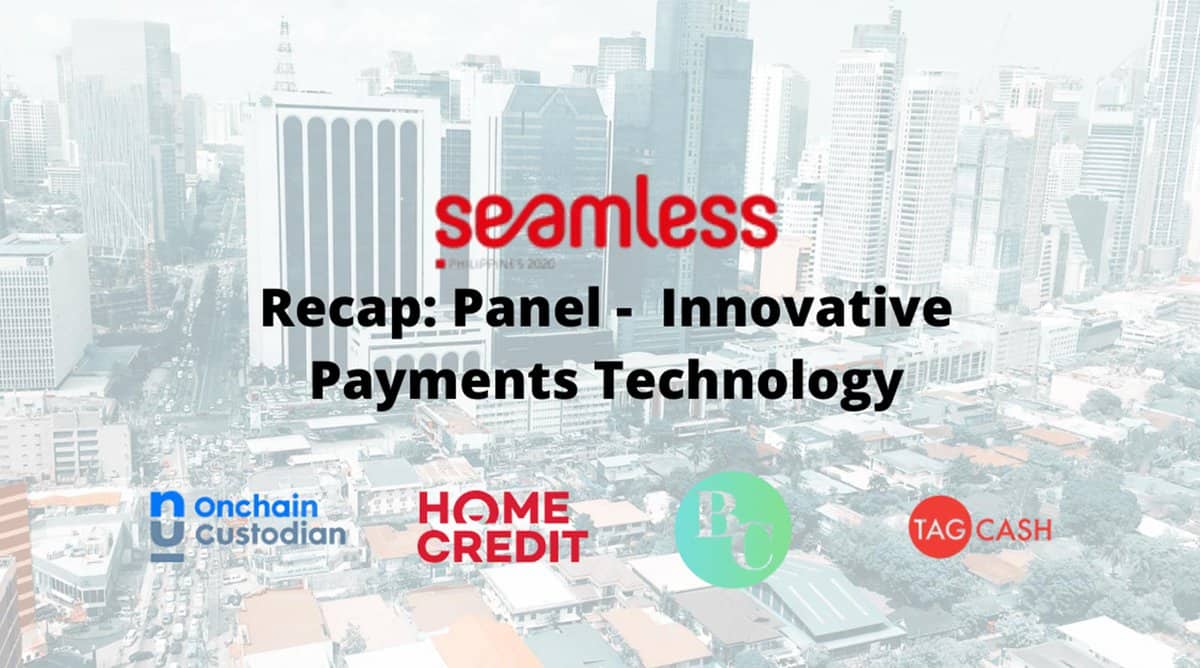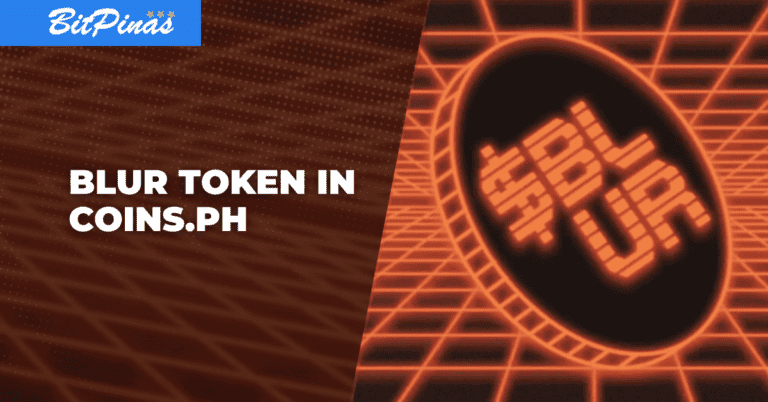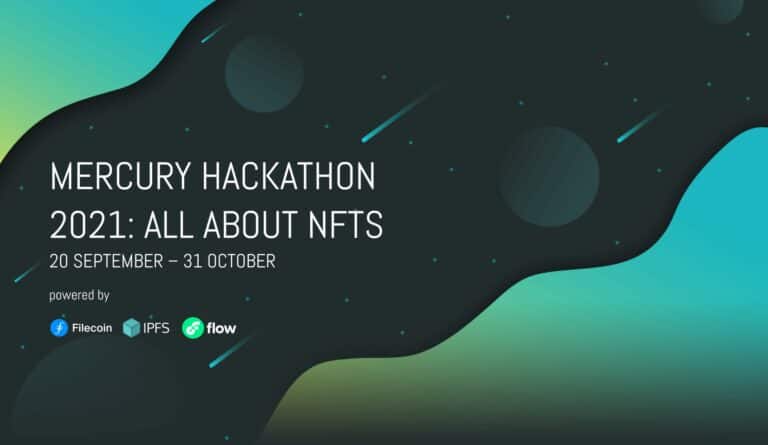Seamless PH 2020 Recap: Panel – Innovative Payments Technology
Seamless put together a panel of thought leaders and entrepreneurs in fintech who are building and advocating for the future of payments in their respective sectors.

October 8, 2020 – In 2017, the Bangko Sentral ng Pilipinas (BSP) set an ambitious target for the Philippines to see 20% of all its transactions to be conducted electronically by the end of 2020. Now, with millions of Filipinos unable or unwilling to use physical cash due to threats and complications associated with COVID-19, the pandemic has actually helped to accelerate toward the BSP’s goal. With a 20% increase in the volume of digital payments since 2013, consumers are clearly gravitating online while companies are feeling the pressure to keep up with the pace of digitization.
The subject of Innovative Payments Technology was discussed at the recently concluded Seamless Philippines 2020, which gathered leaders in different sectors such as banking, payments, e-commerce, and blockchain for a 2-day virtual event from Sept. 2 to Oct. 1, 2020. For this particular topic, Seamless put together a panel of thought leaders and entrepreneurs in fintech who are building and advocating for the future of payments in their respective sectors.
- Paul Pajo, Limited Partner at Backend Capital
- Shiela Paul, Chief Marketing Officer at Home Credit
- Mark Vernon, Founder of TagCash
- El Lee, Co-founder of Onchain Custodian
Background: The Filipinos’ Love Affair With Cash
According to a December 2019 study by the Better Than Cash Alliance, despite concerted efforts to increase adoption of digital payments in the Philippines, it was found that branded outlets with low-value transactions, such as convenience stores, as well as micro and small merchants, such as sari-sari stores, have had seen little to no uptake of electronic transaction methods. Further, the report revealed that the smallest of merchants still see limited benefit in accepting digital payments, mainly because the corresponding demand from their customers was low.

“In the province, people still trust cash,” said Mr Vernon, citing his personal observations, having conducted business in the Philippine fintech arena for many years. He added that Filipinos always like to have a tangible representation of money that they can hold, such as physical coins or paper bills. The 2017 BSP Financial Inclusion Survey confirms this behavior, stating that 53% of Filipinos that do have access to a bank account still prefer to pay with cash.

The Rise of QR Codes
The same study from the Better Than Cash Alliance revealed that the penetration of QR codes has increased at a faster rate than PoS terminals. Consider that PoS terminals grew by 100,000 between 2013 and 2018. Merchants that accept QR codes, on the other hand, have actually increased from “negligible” to 120,000 between 2018 and 2019.

The big push in QR, Mr. Vernon said, is because of Chinese investments. “QR was huge in China, but four years ago it got pushed in a really big way in the Philippines.” One could observe more WeChat or AliPay QR codes accepted by several establishments in the metro well before there were that many who accept PayMaya or GCash QR codes. “It simply is one of the cheapest methods of accepting payments as a merchant,” he explained in a follow-up interview. Now, due to the COVID-19 pandemic, the use of QR codes has accelerated because of the necessity to avoid using physical cash. At the beginning of the government-imposed lockdown, movement was restricted and establishments, including payment centers were closed. While extensions were given for utility, bills, loans, and credit card dues, those who wished to avoid incurring accrued interest charges had no choice but to pay using online channels.
And while lockdown restrictions were now eased, guidance from the BSP has urged Filipinos to go cashless because studies revealed that the coronavirus can stay on surfaces for certain hours. Thus, cashless transactions could avoid the transmission of the virus through physical cash.
However, not a lot of people understand or know QR codes or Quick Response Codes, a visual identifier for coded information such as a URL, cryptocurrency address or bank account that is quickly readable by a smartphone. Ms. Paul of Home Credit said businesses need to understand their customer base. For example, with Home Credit, a lot of its customer base are first time borrowers, she said. But with their new services, such as their Credit Card product, with which they encourage the use of QR codes when paying (no need to bring the credit card, just scan the QR to pay), they are slowly teaching their user base on how these contactless payments can be beneficial.
“With the push to Universal QR code, this will only increase the usage of the technology,” Mr. Vernon said, referring to the initiative from the BSP called the “National Quick Response (QR) Code Standard” to standardize and make all QR-enabled payment and financial services interoperable. “For example a person can pay from a Tagcash wallet to a GCash QR code as a merchant,” he added.
Cryptocurrency as Payment

In the cryptocurrency space, Mr. Lee noted that the challenge is not in teaching the user base how to use QR codes, because the average cryptocurrency user is already familiar. “The challenge is building more trust and confidence,” he explained. “The players in the industry must show that they are serious in combating fraud.” Crypto professionals and enthusiasts alike know how cryptocurrency could be at times faster and more efficient in sending money or in payments of goods. However, at the moment, the rampant scams and misinformation that are often associated with the industry are a far bigger problem that it must first overcome. “When that is solved, other potential use cases for cryptocurrencies, including payments will follow,” Mr. Lee said.
Central Bank Digital Currencies
Mark Vernon said that when it comes to payments, cryptocurrencies currently represent a tiny segment of the market. If there’s one thing to look forward to, it’s the initiatives around central bank digital currencies (CBDCs), a form of digital money that is backed by a central bank and its reserves and therefore has legal tender status. The key difference from the e-money we have today is that the central bank will maintain the reserves and deposits to back up CBDCs, rather than a private bank.
The Usage of Money in the Future
If there’s one thing that’s certain, it’s that the pandemic has compressed the digital transformation roadmap of any business. Ms. Paul of Home Credit admitted that some of the company’s business goals that were originally further down the roadmap were being undertaken now. Home Credit, she said, prioritized to fast tract its digitization and increased its attention to the development of its mobile app, with the goal of making it the primary interface for potential and current customers.
“In the pre-pandemic days, we were very much a retail/offline business but now we have introduced many new features on the app such as online/recurring payments, credit scoring, and even a growing marketplace,” she said in a follow-up interview.
Mr. Vernon said the technology is already there, such as QR, but at the end of the day, the Internet still has to be there to enable it (and affordable, reliable connectivity is still an issue for some populations within emerging economies, such as the Philippines).
On the subject of cryptocurrencies, Mr. Lee encouraged companies to look more into the space and requested people to nudge their regulators “because without regulations, we cannot proceed further,” he concluded, noting that while cryptocurrencies can definitely be used for payments, regulatory clarity is needed to define how it can be used, treated, or accounted for. In that way, merchants would be more willing to accept cryptocurrencies for payments and customers more willing to spend and use them.
Mr. Vernon thinks that the future of payments will be very different from today. “We will see less use of banking apps, and more apps with banking embedded,” he said citing the rise of mini apps like what he is doing at Tagcash, where companies can create their own mini apps atop his super app, that leverage the use of e-money or possibly even CBDCs.
This article is published on BitPinas: Seamless PH 2020 Recap: Panel – Innovative Payments Technology
About BitPinas:
BitPinas is an independent blockchain, finance, and cryptocurrency news site covering the crypto and blockchain news and developments in the Philippines. We aim to be the website where you can find all information on blockchain and crypto in the Philippines. We are read by investors and enthusiasts alike, including crypto/blockchain company founders and government personnel. Contact support@bitpinas.com for more information, consulting advice, and partnerships. Follow us on Facebook and Twitter.
Contact and Subscribe to BitPinas:
- Join BitPinas on Telegram
- Follow on Facebook and Twitter for the latest news and updates
- Disclaimer: All articles on BitPinas must be treated as not an investment advice. Readers are encouraged to do their own research. This website is not responsible for any loss incurred by the reader, nor will it take credit for their gains.
- For news tips, partnership discussions, or press release submissions, please send to support@bitpinas.com





